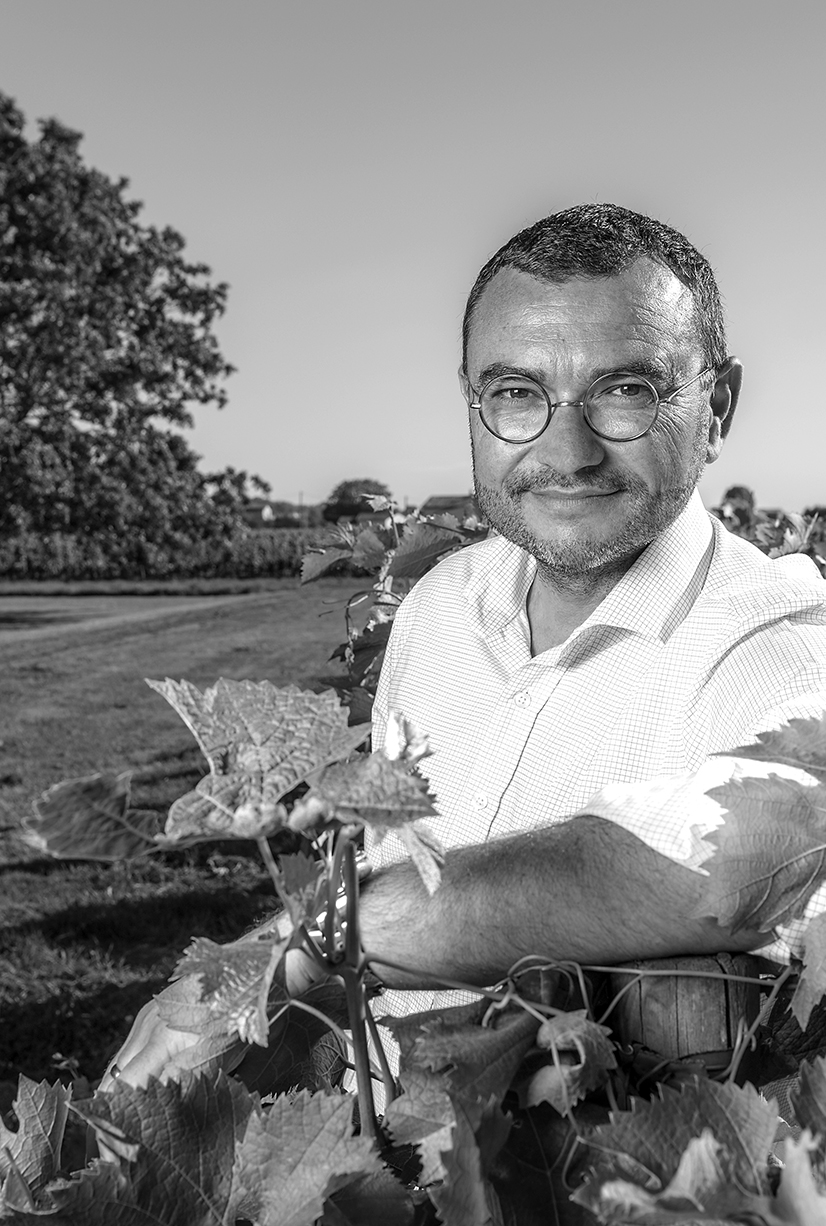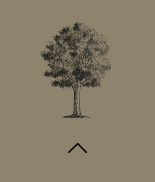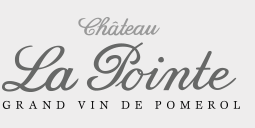
Eric Monneret
General Manager
Agricultural Engineer




” The terroir dictates its own laws but Man must learn to interpret them. The greatest emotion in a winegrower’s life is to see that one has revealed the potential of an underestimated soil. This involves a certain amount of intuition, of course, but above all a lot of work, along with rigour and constancy to bring a Château back into the limelight.
Château La Pointe hadn’t slipped back, it was the others who had advanced ! Our aim for the 10 last years has been to re-discover the identity of the site, reveal the truth hidden in the soil, regain the prestige of years gone by.”
Fermer

Wine professionals all agreed that Château La Pointe had always produced quality wines, but many felt it had really not expressed its full potential. Hence in 2008 Eric Monneret and his team embarked upon several projects aiming to optimise the quality of the wines, namely :
– a complete survey of the soils and sub-soils
– a vine-care programme adapted to each plot
– a renovation of the vat cellar built to environmental requirements.
A complete survey of the soils and sub-soils : an in-depth study of the soil and subsoil was conducted by Pierre Becheler, a well-known geologist who had done similar surveys on the terroirs of Château Branaire Ducru, Château Cos d’Estournel, Château Montrose and Château Palmer. The results of this study were extremely useful and led us to drain certain vine plots during the summer of 2008. Our interventions in these areas paved the way to a first margin of improvement in the quality of our grapes.
A vine-care programme adapted to each plot : since 2009 the property has also used the new data concerning the soil types to “read ” the terroir more carefully and target its interventions. As we re-discovered our sense of observation, this ambitious but fascinating project finally required more method than means. Château La Pointe has therefore switched from a somewhat approximate global vine-care plan to a more precise, detailed approach.
A renovation of the vat cellar built to environmental requirements : the vat room now houses small-capacity vats. This important change has allowed us to continue with the detailed plot-by-plot approach applied in the vineyard. Each plot is harvested at optimum ripeness, brought to a specific vat and vinified according to its own characteristics. The new vat cellar is also equipped with a solar-powered electricity supply and a rainwater recycling system.
Fermer

The team at Château La Pointe believe that exchanging ideas with Hubert de Boüard de Laforest is an excellent way of challenging and questioning themselves. There is only one harvest a year in wine production so you only get one chance a year to learn. You can’t go any quicker. A consultant who has seen 15 more vintages than you and has the knowledge of many properties in his head is an accelerator of experience. His overview is essential.
It would be unfair to consider that calling in a consultant always leads to the production of a uniform-tasting standardised wine. Perhaps a wine estate owner not used to “getting his boots in the mud” or suffering from a lack of long-term vision could be tempted to hand over the keys to a consultant who would of course express his own style in the wine. However, when the choice is made in the interest of sharing knowledge and skills then the consultant enables us to maintain a constructive criticism that brings continual improvements.
Fermer